
The goal of landing page optimization (LPO) is to improve sales from visitors to buyers. The process of employing tools like A/B testing to enhance a landing page’s ability to achieve its conversion objectives is known as landing page optimization. Landing pages play an essential role in the success of modern-day internet advertising. To increase conversions and sign-ups, you need a landing page. It is common practice for paid internet marketing efforts to direct all visitors to a single landing page. Optimizing landing page performance may dramatically affect business outcomes due to the landing page’s primary emphasis on conversions. Here’s when (LPO) comes in handy. You need to optimize your landing page to maximize the number of visitors who become paying customers. With the proper landing page optimization, you can save money on client acquisition, increase your customer base, and get the most out of your advertising budget.
The first step in improving the landing page conversion rate is identifying the channels via which visitors enter your website. Web marketers often run anywhere from three to five distinct online advertising campaigns simultaneously across the internet, namely LinkedIn, Google Ads, TV, Reddit, and other relevant online platforms. Learning how to develop a landing page that keeps the same message across multiple media by keeping track of the traffic sources, you’re utilizing helps bring in prospective clients.
Significant Types of Landing Pages
Two primary types of landing pages could help you capture clients:
1. Lead Generation
Lead Generation: Lead capture pages are the most popular landing page since they collect valuable user information such as email and name. Landing pages are ideal for growing your email list since they feature a form for visitors to submit their data in return for an offer but do not provide any means of escaping the page.
2. Click-through
The most basic landing pages are click-through, which explains the value of a product or service and encourages visitors to make a purchase. A user’s only options on this landing page are to read the provided material and then follow the CTA to visit your website and finish the purchase.
Ways To Optimize Your Landing Page:
1. Simplify your designs and make liberal use of white space
The most basic and straightforward solutions are usually the most successful. Cluttered homepages have long since become obsolete. Maintain an uncluttered design with few extras and concise text. Focus your users’ attention on your call to action by sticking to a single idea. The objective is not to scare away prospective buyers. Intimidating them to bounce off the walls is a definite bet.
2. Always keep the most critical details at the top of the page
By “critical details,” it means the components of your landing page that, taken together, will persuade your visitors to make a purchase. An attention-grabbing headline, compelling value proposition, clear call-to-action (CTA), and optimized form might be the cherry on top of attracting customers.
3. Make sure the visitor understands the benefits they will get from your service
Initiate CTAs that better reflect your potential clients’ terminology to communicate their needs. A compelling headline or value offer may have a significant impact on sales. You may want to use more extensive writing to persuade prospective buyers that your product is superior to the competition. When visitors provide their email addresses to your site, they should know the benefits they will get.
4. Develop the company’s reputation so that people will trust it
Try sprinkling the landing page with social proof such as consumer branding, partner logos, customer quotations, client case studies, testimonials, and so on. Potential clients’ fears of being tricked might be eased by simply including a phone number or Verisign symbol on your site.
5. The best way to get client data is to try several offers
If clients aren’t clamoring for demonstrations of your product or service, offering a complimentary white paper or ebook in return for their contact details can be the ticket. Customers are more likely to part over their email addresses in return for a freebie or discount if that’s all the landing page’s primary call to action requires. Users at the top of the funnel will be sent to landing pages with fewer form fields than those at the bottom. The prevalence of mobile device use is expected to increase. Make sure your landing page and form are mobile-friendly. You can get by with only a name and email address if your lead magnet is an eBook targeted at the very top of the sales funnel. If, on the other hand, you’re providing free consultations to leads, you’ll need additional specifics from them, including a phone number, firm name, and job description.
6. To get visitors to pay attention, use bold colors and eye-catching graphics
Your call-to-action buttons, in particular, should adhere to this guideline. It’s no longer as essential as having a CTA that stands out in terms of color but somewhat contrasts. The use of your brand’s colors should be consistent as much as possible. Your landing page design should mirror the overall aesthetic of your website.
Your landing page’s images should directly relate to your business or product, introduce your staff and establish a personal connection, or evoke an emotional response from the visitor. However, videos may boost interaction with a website by demonstrating the convenience of a product or service.
7. The page load time must be reduced to retain potential clients.
Page load time becomes more relevant to user engagement as the number of people using mobile devices to access the internet grows. A higher percentage of users will stick around if the website loads quickly.
8. Making your website search-engine-optimized
Search engine optimization (SEO) landing pages often have a very distinct aesthetic from paid advertising landing pages. Web sites that search engines don’t think are valuable to their viewers are less likely to get organic search traffic. That’s why search engine results for restricted content are so uncommon. To attract customers, you should optimize your website for search engines by including resources or blog areas and then use exit intent software or other offerings to collect their contact information. Landing pages used for temporary campaigns seldom benefit from SEO. If, on the other hand, your landing pages are for more extensive projects, they should be optimized for search engines in the same way that the rest of your site is. Pay special attention to a pair of these:
• The title, meta description, and URL should all include relevant keywords.
• Optimize your landing page content with relevant keywords semantically.
Wrapping it Up
One of the most common causes of a landing page’s inability to generate leads is a lack of insight into the target audience. It would be best if you had landing page optimization tools or services to make adjustments to your landing pages and test those modifications to evaluate how much of an improvement they made to the conversion rate. Consider that conversion rates are arbitrary. A reasonable rate for one company is not always a sweet deal for another. Nevertheless, you can take control of the situation by establishing your own marketing objectives and working to enhance your existing conversion rate with landing page optimization strategies.
Using Logieagle’s services, optimizing a landing page is a breeze. Get in touch with us if you want to obtain this seamless service of landing page optimization.
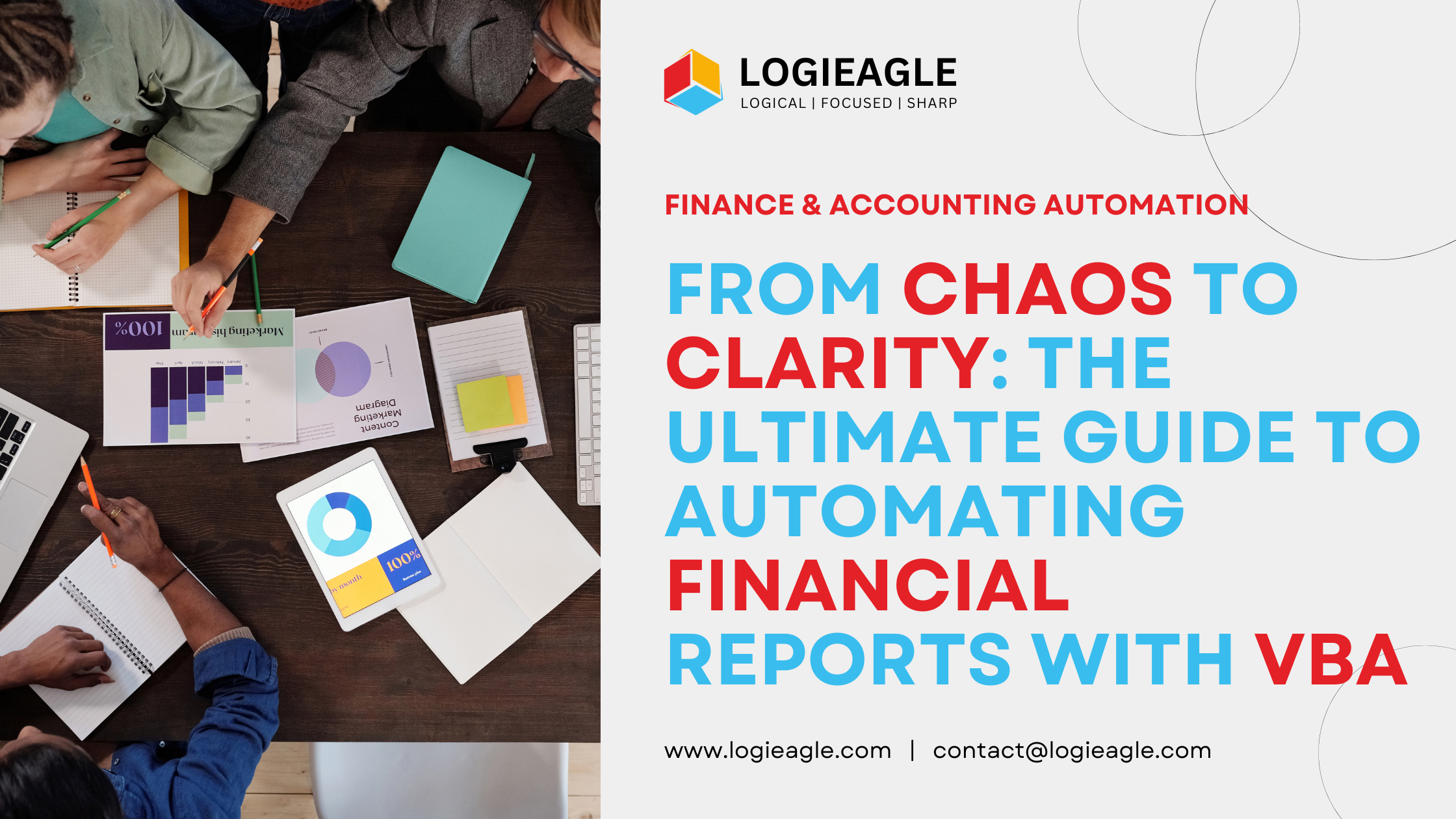 From Chaos to Clarity: The Ultimate Guide to Automating Financial Reports with VBA
From Chaos to Clarity: The Ultimate Guide to Automating Financial Reports with VBA
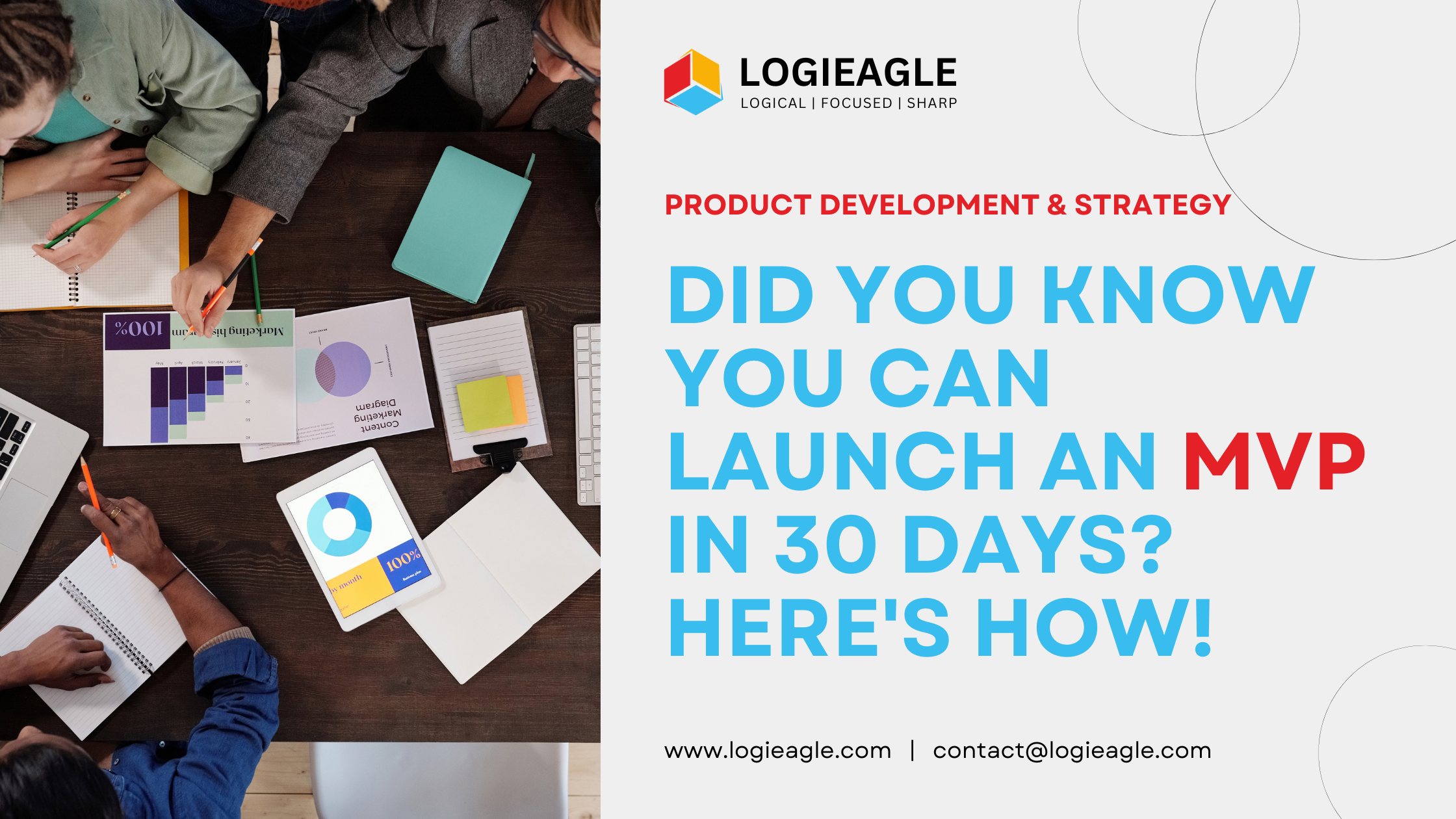 Did You Know You Can Launch an MVP in 30 Days? Here's How!
Did You Know You Can Launch an MVP in 30 Days? Here's How!
 Mastering Business Intelligence Dashboards: Excel Techniques You Need to Know
Mastering Business Intelligence Dashboards: Excel Techniques You Need to Know
 Turning Excel into a Scalable Business Tool: A Step-by-Step Guide
Turning Excel into a Scalable Business Tool: A Step-by-Step Guide
 The Psychology Behind Intuitive UX: How to Design for User Comfort
The Psychology Behind Intuitive UX: How to Design for User Comfort
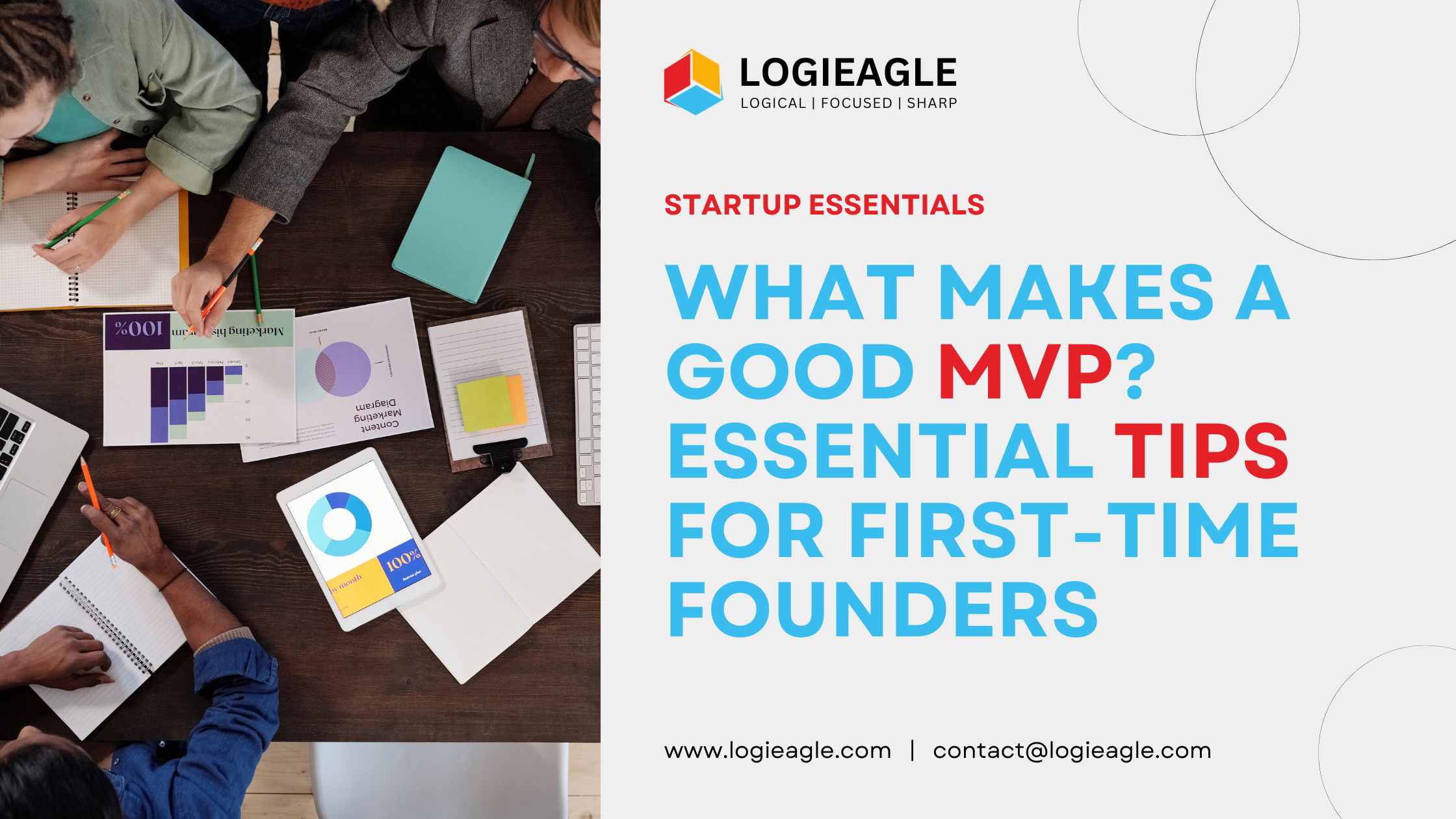 What Makes a Good MVP? Essential Tips for First-Time Founders
What Makes a Good MVP? Essential Tips for First-Time Founders
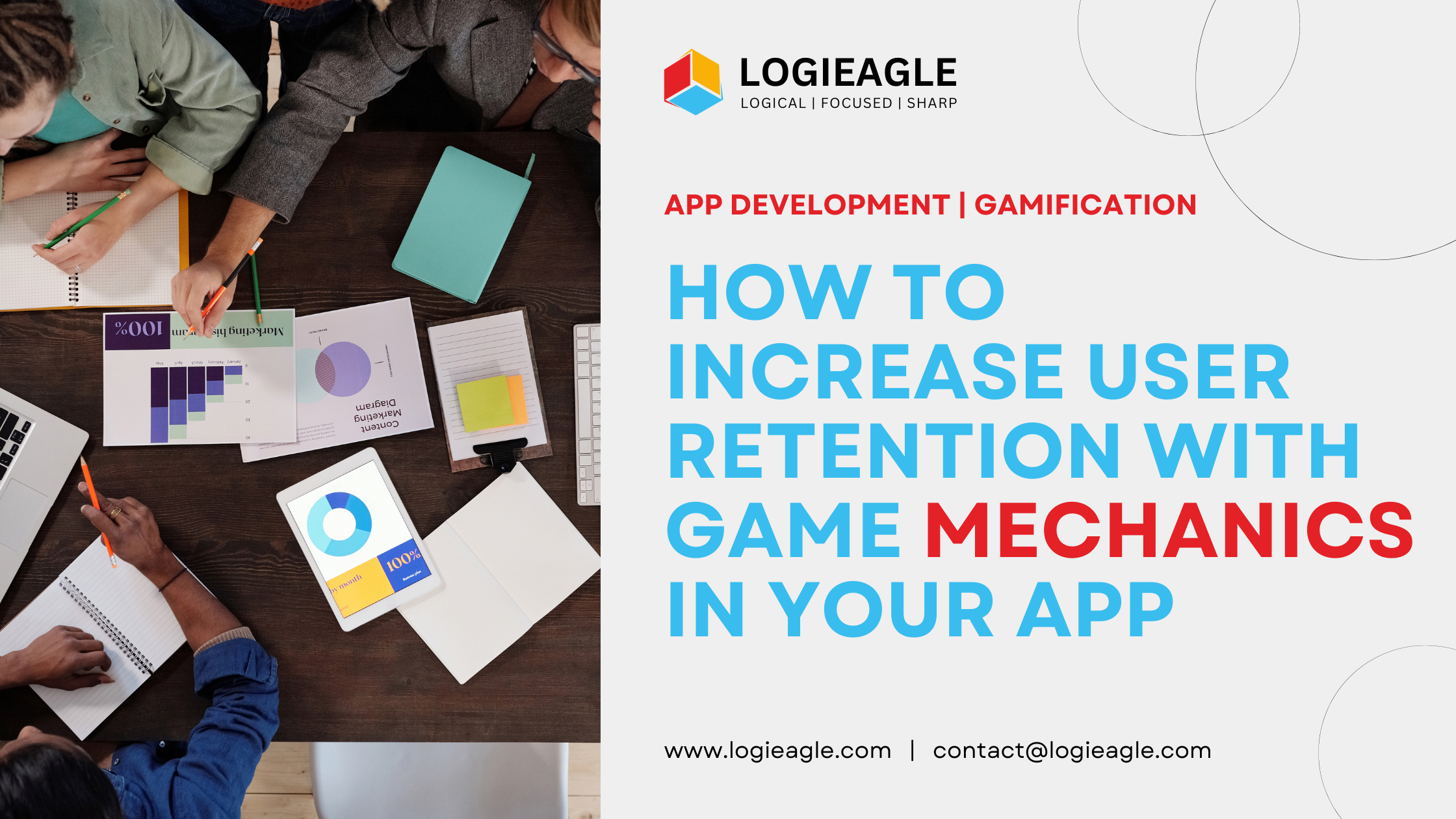 How to Increase User Retention with Game Mechanics in Your App
How to Increase User Retention with Game Mechanics in Your App
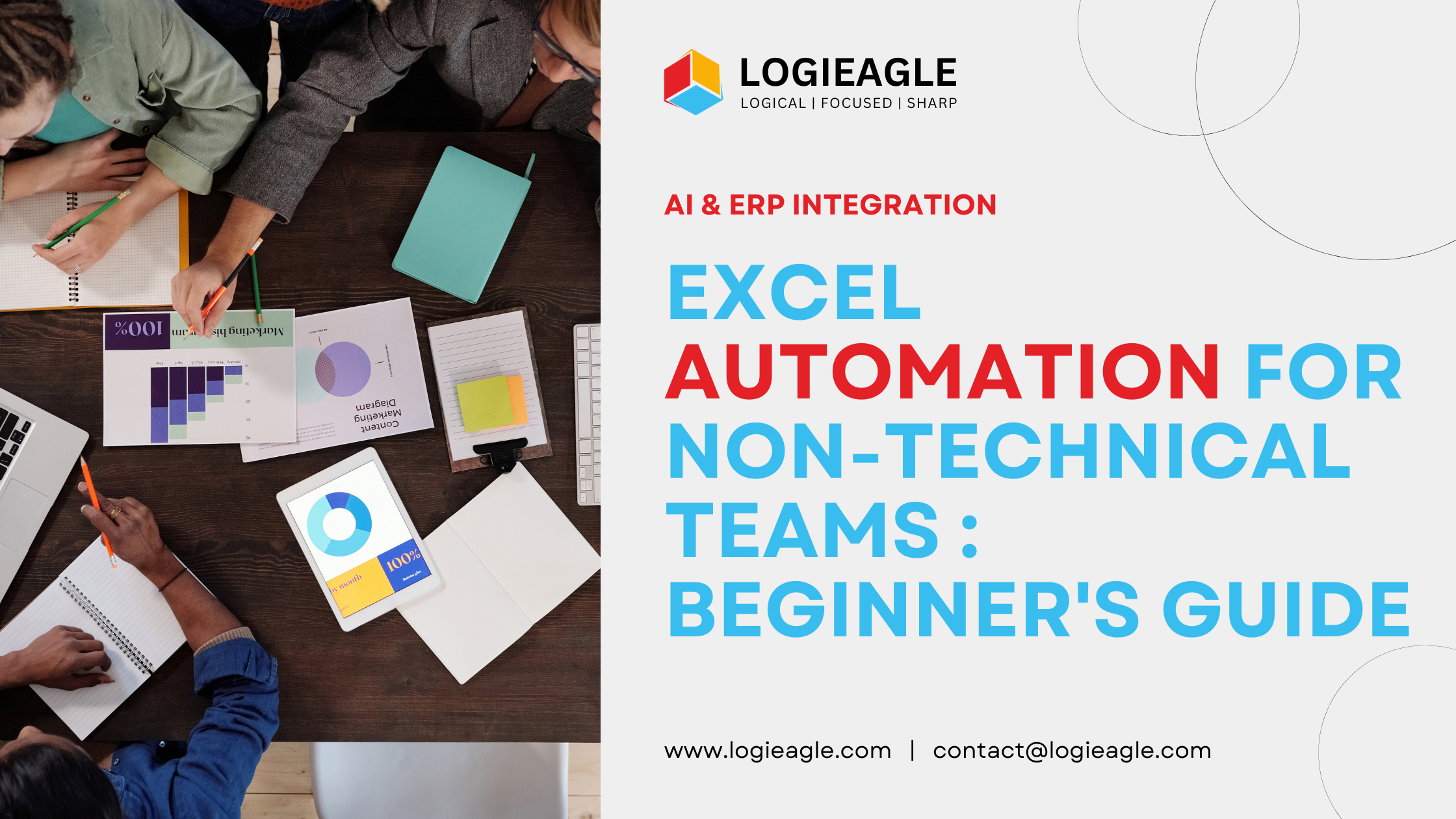 Excel Automation for Non-Technical Teams: A Beginner's Guide
Excel Automation for Non-Technical Teams: A Beginner's Guide
 How AI Is Transforming ERP Systems for SMEs
How AI Is Transforming ERP Systems for SMEs
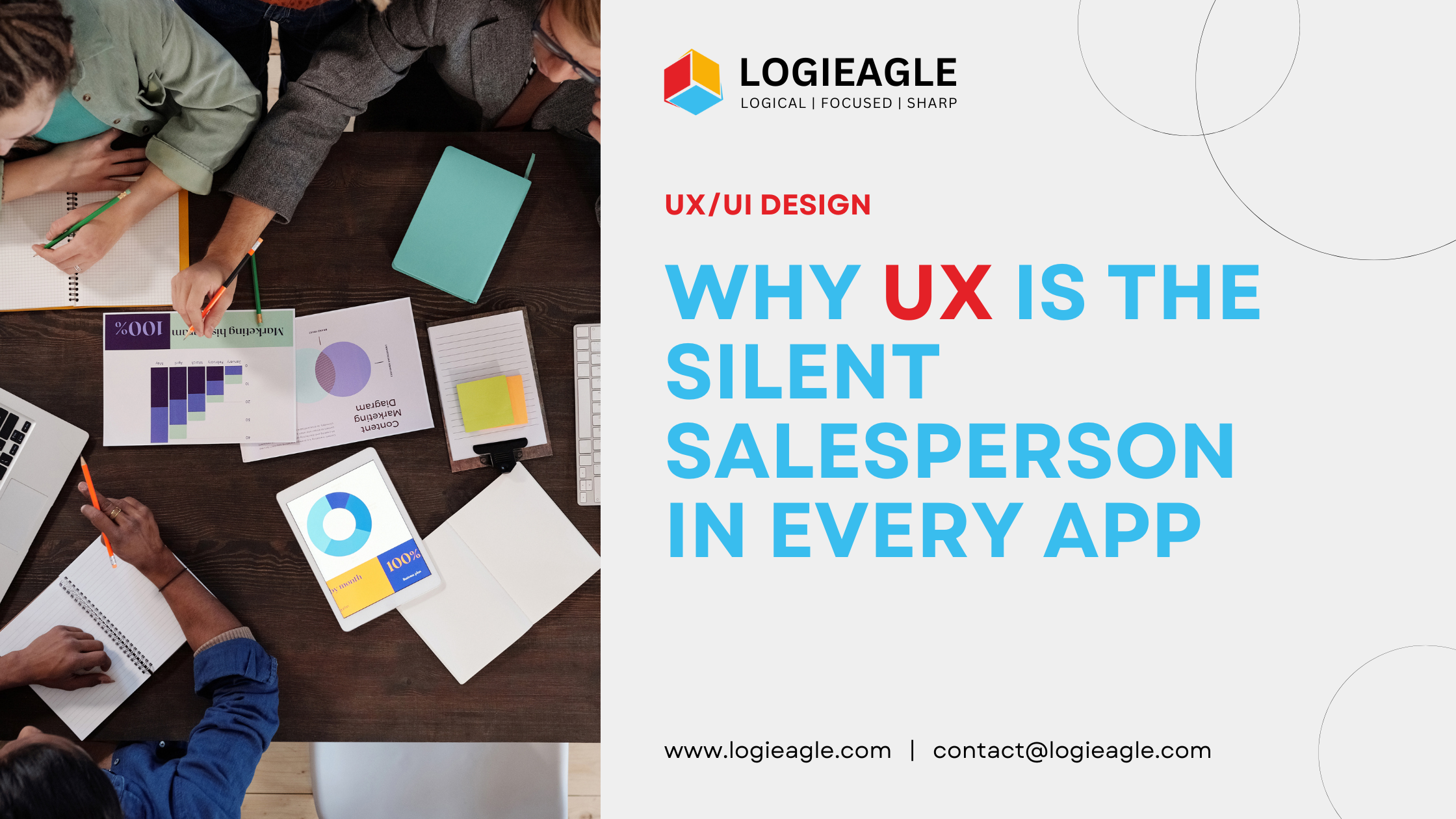 Why UX Is the Silent Salesperson in Every App
Why UX Is the Silent Salesperson in Every App